Creative Design Ideas for Decorative Concrete Finishes
May 21, 2024
Decorative concrete finishes offer endless possibilities for transforming ordinary surfaces into stunning works of art.
Whether you’re looking to enhance the aesthetic appeal of your garage, patio, or driveway, decorative concrete finishes can add texture, color, and personality to any space. At Marietta Garage Floor, we specialize in providing innovative coating solutions that allow homeowners to unleash their creativity and design unique surfaces that reflect their personal style. In this blog post, we’ll explore some creative design ideas for decorative concrete finishes to inspire your next home improvement project.
Stamped Concrete
Stamped concrete is a popular choice for homeowners looking to mimic the look of natural materials such as stone, brick, or wood without the high cost and maintenance requirements. With stamped concrete, you can achieve realistic textures and patterns that add depth and visual interest to your surfaces. Whether you prefer the rustic charm of cobblestone or the sleek elegance of slate, stamped concrete allows you to create custom designs that complement your home’s architecture and landscape.
Stained Concrete
Stained concrete is another versatile option for adding color and character to your surfaces. Unlike paint, which sits on the surface of the concrete, stains penetrate the concrete to create rich, translucent hues that won’t fade or chip over time. Whether you prefer earthy tones or vibrant shades, stained concrete offers endless possibilities for customizing your surfaces. Experiment with different colors, patterns, and application techniques to achieve the perfect look for your space.
Polished Concrete
Polished concrete is a sleek and modern option for homeowners seeking a clean and minimalist aesthetic. With its smooth, reflective surface, polished concrete adds a touch of sophistication to any space. Whether you choose a high-gloss or matte finish, polished concrete creates a durable and low-maintenance surface that’s perfect for high-traffic areas such as garages, basements, and commercial spaces. Add decorative scoring or stenciled patterns for a custom touch that sets your surfaces apart.
Epoxy Coatings
Epoxy coatings are a popular choice for homeowners looking to add both style and durability to their surfaces. Available in a wide range of colors and finishes, epoxy coatings create seamless, glossy surfaces that are resistant to stains, scratches, and chemicals. Add metallic pigments or decorative flakes to create a one-of-a-kind look that’s as unique as you are. Whether you’re transforming your garage floor, patio, or kitchen countertops, epoxy coatings offer endless design possibilities for enhancing your space.
Textured Overlays
Textured overlays are a versatile option for homeowners looking to add depth and dimension to their surfaces. Whether you’re covering up imperfections in existing concrete or creating a new surface from scratch, textured overlays allow you to achieve the look of natural stone, tile, or wood at a fraction of the cost. Add custom scoring, engraving, or stenciling to create intricate patterns and designs that elevate your surfaces to a whole new level of sophistication.
With decorative concrete finishes, the only limit is your imagination. Whether you prefer the rustic charm of stamped concrete, the vibrant hues of stained concrete, or the sleek elegance of polished concrete, there’s a design option to suit every style and preference. At Marietta Garage Floor, we’re committed to helping homeowners unleash their creativity and design unique surfaces that enhance the beauty and functionality of their spaces. Contact us today to learn more about our innovative coating solutions and start transforming your surfaces into works of art.
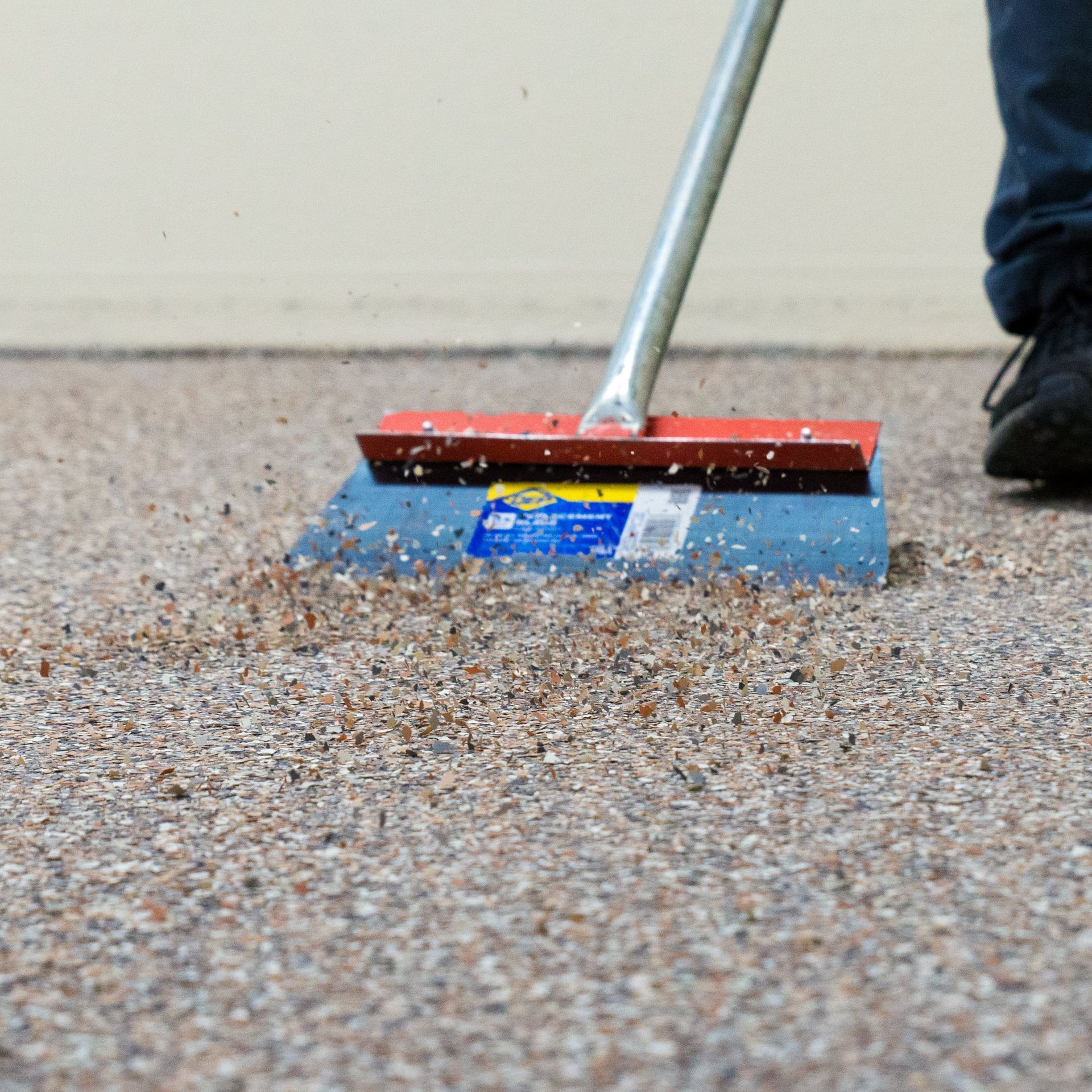
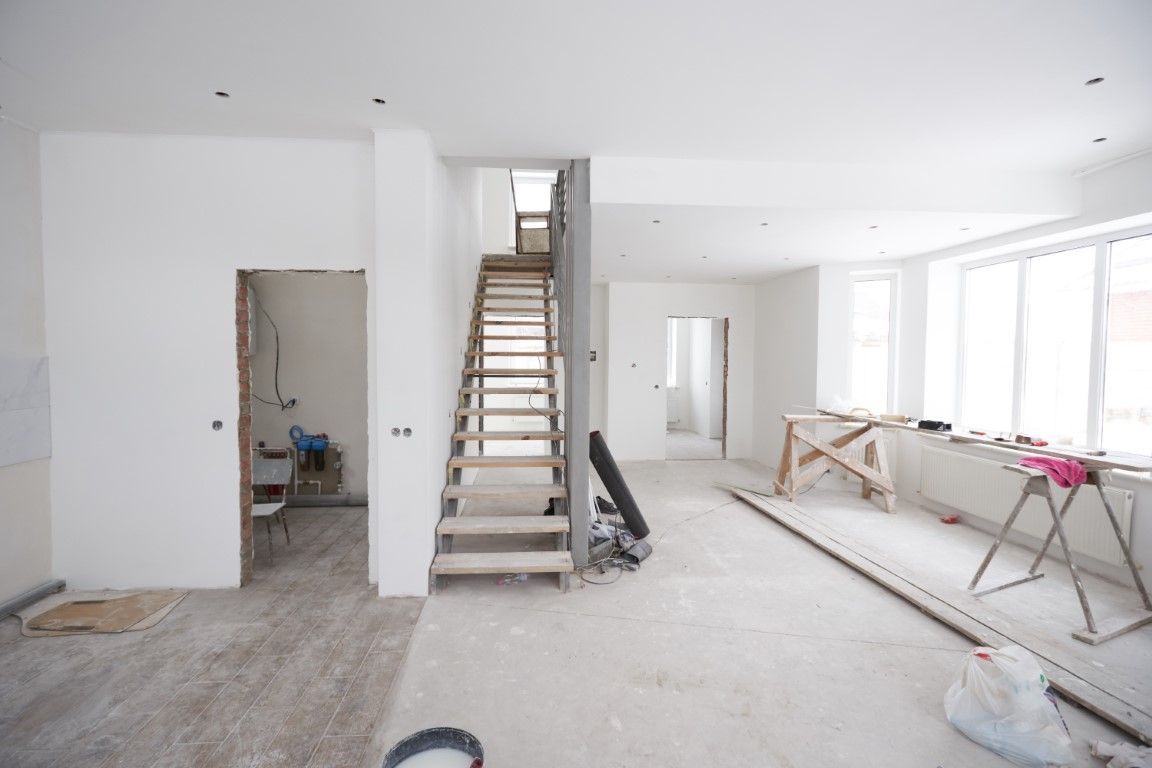
11 Jun, 2024
Today, we delve into the realm of polyaspartic floor coatings – a technological marvel that's revolutionizing the flooring industry. Join us as we uncover the science behind why polyaspartic coatings stand out as the superior choice for your garage, workshop, or commercial space. Understanding Polyaspartic Coatings Polyaspartic coatings belong to the family of polyurea coatings, renowned for their exceptional durability and versatility. What sets polyaspartic coatings apart is their unique chemical composition and curing process. These coatings are formed through the reaction of an aliphatic polyisocyanate with a polyaspartic ester – a process known as polyaddition. The Science of Superiority: Rapid Cure Time Traditional epoxy coatings can take days to fully cure, leading to prolonged downtime. Polyaspartic coatings, on the other hand, boast an incredibly fast cure time. Thanks to their advanced chemical structure, polyaspartic coatings can cure within hours, allowing for quick return-to-service and minimal disruption to your routine. Exceptional Durability Polyaspartic coatings exhibit unparalleled durability, making them resistant to scratches, abrasions, and chemicals. This resilience stems from their molecular structure, which forms a tight, cross-linked network upon curing. As a result, polyaspartic-coated floors can withstand heavy foot traffic, impact from dropped tools, and exposure to harsh chemicals without losing their shine or integrity. UV Stability Sunlight can wreak havoc on traditional floor coatings, causing them to yellow, fade, or degrade over time. Polyaspartic coatings, however, are inherently UV-stable due to their aliphatic nature. This means they retain their clarity and color even after prolonged exposure to sunlight, making them ideal for both indoor and outdoor applications. Versatility Whether you're looking to enhance your residential garage, industrial warehouse, or commercial showroom, polyaspartic coatings offer unmatched versatility. They can be customized to achieve various finishes, including high gloss, satin, or matte, to suit your aesthetic preferences. Additionally, their fast cure time enables seamless application in diverse environments, regardless of temperature or humidity. In conclusion, the science behind polyaspartic floor coatings reveals why they're the superior choice for discerning homeowners and business owners alike. From their rapid cure time and exceptional durability to UV stability and versatility, polyaspartic coatings outperform traditional epoxy coatings on every front. If you're ready to elevate your space with a flooring solution that combines science and innovation, look no further than Marietta Garage Floors. Contact us today to experience the transformative power of polyaspartic coatings firsthand.

05 Jun, 2024
However, achieving professional-looking results requires careful planning, preparation, and execution. To ensure a successful garage floor coating application, it's essential to steer clear of common mistakes that could compromise the durability and appearance of the finish. Here are some pitfalls to avoid when applying garage floor coatings: Skipping Surface Preparation: One of the most critical steps in the coating process is surface preparation. Neglecting proper surface preparation, such as cleaning, degreasing, and repairing cracks or imperfections, can result in poor adhesion and premature coating failure. Take the time to thoroughly clean the garage floor and address any surface irregularities before applying the coating. Insufficient Cleaning: Effective cleaning is essential to remove dirt, oil, grease, and other contaminants that can hinder coating adhesion. Using a degreaser and a power washer can help ensure thorough cleaning of the garage floor surface. Failing to remove contaminants completely can lead to adhesion issues and imperfections in the coating. Ignoring Moisture Issues: Moisture can wreak havoc on garage floor coatings, causing adhesion problems and even delamination. Before applying the coating, it's crucial to assess the moisture levels in the concrete substrate. Conduct a moisture test and address any moisture issues before proceeding with the coating application. Rushing the Application Process: Garage floor coatings require careful application and sufficient curing time to achieve optimal results. Rushing through the application process or applying too thick of a coating layer can lead to uneven coverage, bubbles, and other imperfections. Follow the manufacturer's instructions regarding application techniques, mixing ratios, and curing times to ensure a flawless finish. Neglecting to Use Primer: Using a primer is essential for promoting adhesion and enhancing the durability of garage floor coatings. Skipping the primer can compromise the bonding between the coating and the substrate, leading to peeling or flaking over time. Always apply a high-quality primer suitable for the specific type of coating you're using. Overlooking Environmental Factors: Environmental conditions such as temperature and humidity can significantly impact the performance of garage floor coatings. Avoid applying coatings in extreme temperatures or high humidity, as these conditions can affect drying times and adhesion. Additionally, protect the freshly coated floor from dust, debris, and foot traffic during the curing process. Using Inferior Quality Products: Opting for low-quality or generic coatings may seem like a cost-saving measure initially, but it can end up costing you more in the long run. Inferior quality products may not provide adequate protection or durability, leading to premature wear and the need for frequent recoating. Invest in high-quality, reputable coatings to ensure lasting results and long-term satisfaction. Neglecting Maintenance: By avoiding these common mistakes and following best practices for garage floor coating application, you can achieve professional-quality results that enhance the durability, aesthetics, and value of your garage space. For expert assistance and high-quality coating solutions, trust Marietta Garage Floor to transform your garage into a functional and visually appealing area you'll be proud to showcase.
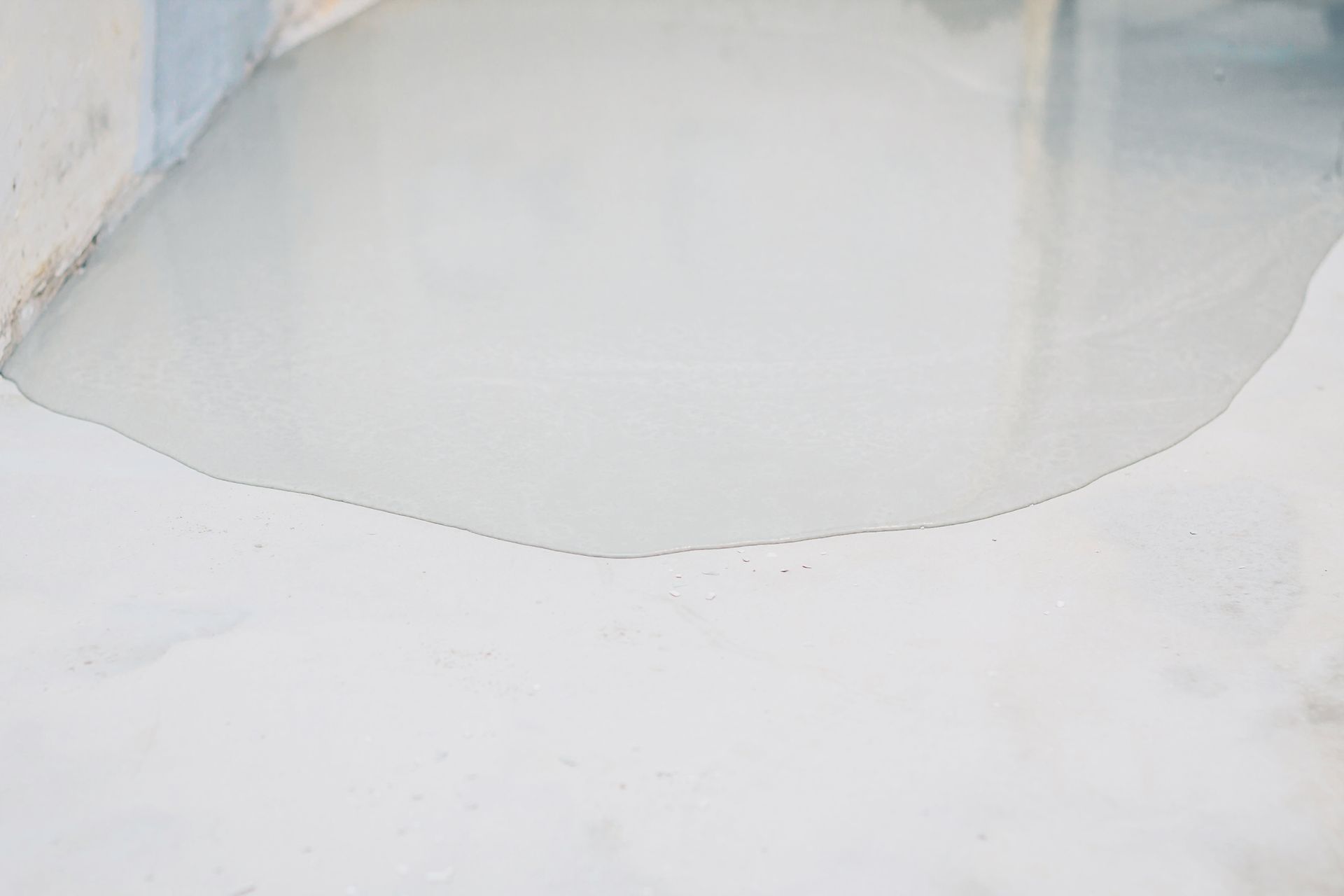
28 May, 2024
We're committed to sustainability, and one way we demonstrate this commitment is through our eco-friendly floor coatings. Join us as we explore the environmental benefits of eco-friendly floor coatings and how they contribute to a greener, healthier planet. Reducing Environmental Impact: Traditional floor coatings often contain harmful chemicals and volatile organic compounds (VOCs) that can pose risks to human health and the environment. Eco-friendly floor coatings, on the other hand, are formulated with environmentally safe ingredients and low or zero VOCs, reducing their impact on air quality and minimizing the release of harmful emissions into the atmosphere. Improved Indoor Air Quality: Eco-friendly floor coatings emit fewer VOCs during application and curing, resulting in improved indoor air quality for building occupants. This is especially important in residential and commercial settings where people spend the majority of their time indoors. By choosing eco-friendly coatings, you can create a healthier indoor environment for yourself, your family, and your employees. Minimized Environmental Footprint: Eco-friendly floor coatings are manufactured using sustainable practices and renewable resources, minimizing their environmental footprint throughout the production process. Additionally, many eco-friendly coatings are water-based, reducing the consumption of fossil fuels and conserving natural resources compared to solvent-based coatings. Reduced Hazardous Waste: Eco-friendly floor coatings generate less hazardous waste during application and disposal, as they contain fewer toxic chemicals and harmful additives. This reduces the environmental impact of waste disposal and helps protect soil and water quality in our communities. Long-Term Sustainability: Eco-friendly floor coatings are designed to be durable and long-lasting, reducing the need for frequent recoating and maintenance. This prolongs the lifespan of the coating and minimizes the consumption of raw materials, energy, and resources over time, contributing to long-term sustainability and environmental stewardship. Promoting Green Building Practices: Eco-friendly floor coatings play a key role in promoting green building practices and sustainable design principles. By choosing eco-friendly coatings for your flooring projects, you can earn LEED (Leadership in Energy and Environmental Design) credits and other green building certifications, demonstrating your commitment to sustainability and environmental responsibility. LEED Certification: Many eco-friendly floor coatings meet the stringent requirements of LEED certification, a globally recognized rating system for green building design, construction, and operation. By incorporating eco-friendly coatings into your building projects, you can earn LEED credits in categories such as Indoor Environmental Quality and Low-Emitting Materials. Sustainable Building Materials: Eco-friendly floor coatings are an essential component of sustainable building materials and practices. By selecting eco-friendly coatings, architects, designers, and builders can create healthier, more environmentally responsible buildings that minimize their impact on the planet and promote a more sustainable future for generations to come. Eco-friendly floor coatings offer numerous environmental benefits, from improved indoor air quality and reduced environmental footprint to long-term sustainability and green building certification.
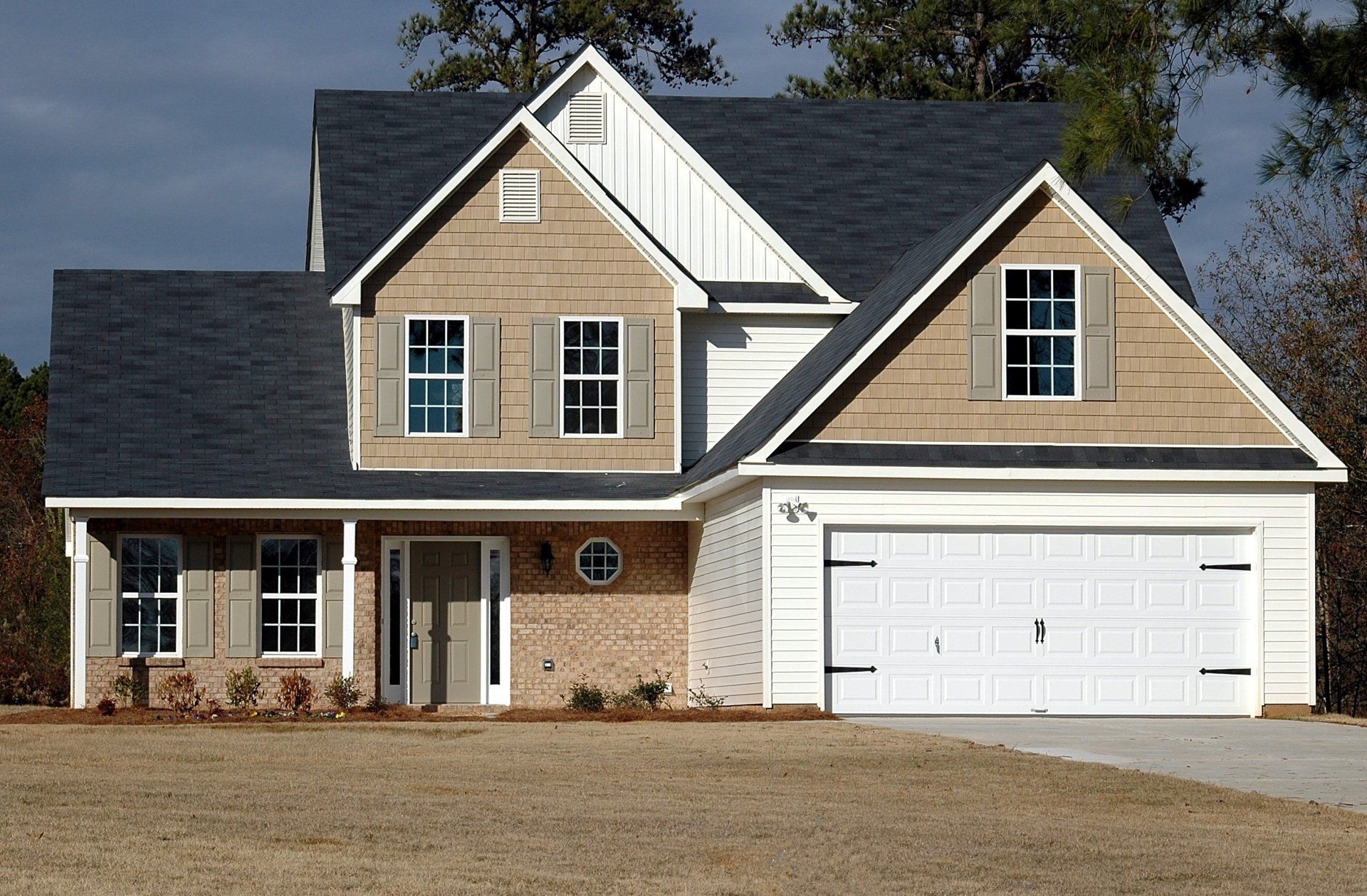
14 May, 2024
While renovations and upgrades can be costly and time-consuming, there’s one simple yet effective solution that can significantly boost your home’s value: floor coating. Whether you’re looking to sell your home in the near future or simply want to improve its overall aesthetics and functionality, investing in floor coating is a smart choice. In this blog post, we’ll explore how floor coating can enhance your property value and what homeowners need to know about this transformative solution. Enhancing Curb Appeal - First impressions matter, especially when it comes to selling your home. A well-maintained and visually appealing garage floor can make a strong impression on potential buyers, setting your property apart from others on the market. Floor coating not only enhances the appearance of your garage floor but also creates a clean, polished look that adds to your home’s overall curb appeal. With a wide range of colors, patterns, and finishes to choose from, you can customize your floor coating to complement your home’s architecture and style, creating a cohesive and attractive exterior. Increasing Durability and Longevity - Floor coating isn’t just about aesthetics—it also provides durable protection against stains, spills, and everyday wear and tear. Coated floors are resistant to chemicals, oil, grease, and other common garage hazards, ensuring that your garage floor remains in pristine condition for years to come. By investing in floor coating, you’re not only enhancing the appearance of your garage but also increasing its longevity and durability, which can be a major selling point for potential buyers. Improving Functionality - A coated garage floor isn’t just visually appealing—it’s also more functional and practical for homeowners. Coated floors are easier to clean and maintain than traditional concrete floors, requiring minimal upkeep to keep them looking their best. Additionally, floor coating can improve safety by providing a slip-resistant surface that reduces the risk of accidents and injuries. Whether you use your garage for parking, storage, or as a workshop or recreational space, a coated floor can enhance its functionality and usability, making it a valuable asset for homeowners. Adding Value at a Low Cost - Compared to other home improvement projects, floor coating offers an excellent return on investment. The cost of floor coating is relatively low compared to major renovations or upgrades, yet the impact it can have on your home’s value and appeal is significant. By investing in floor coating, you’re adding value to your property without breaking the bank, making it an attractive option for budget-conscious homeowners who want to maximize their return on investment. Choosing the Right Coating - When it comes to floor coating, it’s important to choose the right product for your specific needs and preferences. There are several types of floor coatings available, including epoxy, polyurethane, and polyaspartic coatings, each with its own unique characteristics and benefits. Before making a decision, consider factors such as durability, ease of maintenance, and aesthetic appeal, as well as your budget and timeline. Consulting with a professional floor coating company like Marietta Garage Floors can help you select the best coating option for your home and ensure a successful installation process. Boosting your property value with floor coating is a smart investment that offers numerous benefits for homeowners. From enhancing curb appeal and increasing durability to improving functionality and adding value at a low cost, floor coating is a versatile and cost-effective solution for homeowners looking to enhance their homes’ overall appeal and marketability. Whether you’re preparing to sell your home or simply want to enjoy the benefits of a beautifully coated garage floor, investing in floor coating is a decision you won’t regret. Contact Marietta Garage Floors today to learn more about how floor coating can transform your home and increase its value.
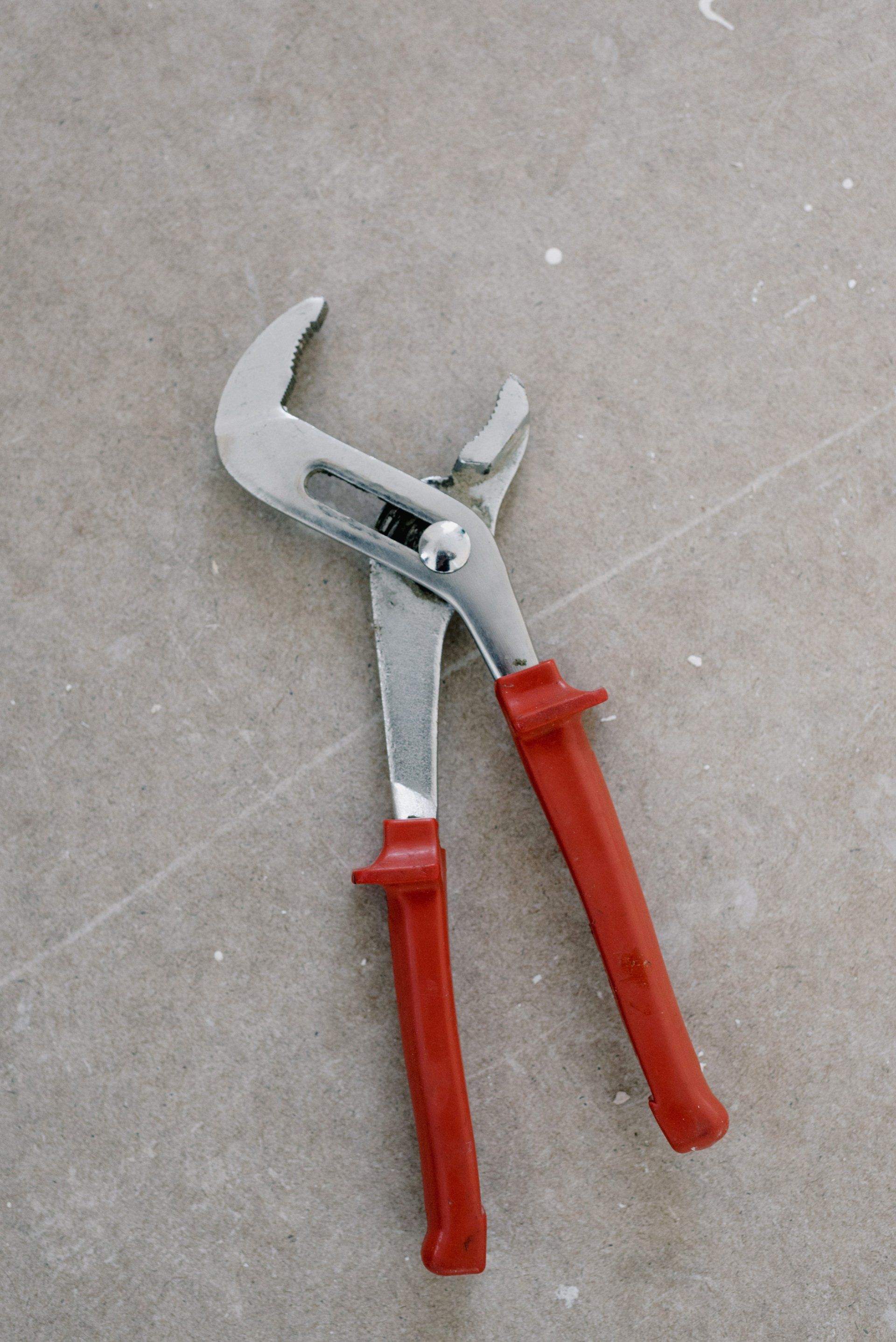
07 May, 2024
Coated floors not only enhance the appearance of your garage but also provide durability and protection against stains, spills, and wear and tear. To ensure that your coated floors continue to look their best and perform optimally for years to come, proper maintenance and care are essential. In this blog post, we’ll share valuable tips and tricks for maintaining and caring for your coated floors, helping you preserve their beauty and functionality for the long term. Regular Cleaning Regular cleaning is key to maintaining the appearance and condition of your coated floors. Sweep or dust mop your floors regularly to remove dirt, debris, and loose particles. For more thorough cleaning, use a mild detergent or specially formulated floor cleaner diluted in water. Avoid harsh chemical cleaners or abrasive materials, as these can damage the coating. After cleaning, rinse the floors thoroughly with clean water and allow them to dry completely before walking or driving on them. Prompt Spill Cleanup Accidents happen, but prompt spill cleanup can prevent stains and damage to your coated floors. Whether it’s oil, grease, chemicals, or other liquids, it’s important to clean up spills as soon as possible to prevent them from seeping into the coating and causing discoloration or deterioration. Use an absorbent material such as paper towels or a clean cloth to blot up the spill, then clean the area with a mild detergent or floor cleaner as described above. For stubborn stains, you may need to use a gentle scrub brush or non-abrasive cleaning pad. Protect Against Heavy Objects While coated floors are durable and resistant to most types of damage, heavy objects such as furniture, tools, or equipment can still cause scratches or dents if dragged or dropped. To protect your floors, use furniture pads or coasters under heavy items to distribute weight evenly and prevent indentation. When moving heavy objects, lift them instead of dragging them across the floor. Consider using mats or rugs in high-traffic areas to provide additional cushioning and protection. Avoid Abrasive Materials To maintain the integrity of the coating, it’s important to avoid using abrasive materials or harsh cleaning tools on your coated floors. Abrasive scrub brushes, scouring pads, or steel wool can scratch or dull the surface of the coating, compromising its appearance and performance. Instead, use soft-bristled brushes, microfiber mops, or non-abrasive cleaning pads for gentle yet effective cleaning. When sweeping, use a soft-bristled broom or dust mop to avoid scratching the floors. Perform Regular Inspections Regular inspections allow you to identify any signs of wear or damage early on and address them before they become more serious issues. Periodically inspect your coated floors for any areas of discoloration, peeling, or chipping, as well as any cracks or imperfections in the surface. If you notice any problems, contact a professional floor coating company like Marietta Garage Floors to assess the situation and recommend the appropriate repairs or maintenance. With proper maintenance and care, your coated floors can continue to look beautiful and perform optimally for years to come. By following these tips and tricks, you can protect your investment and enjoy the many benefits of coated floors in your garage. Remember to clean up spills promptly, avoid abrasive materials, and perform regular inspections to keep your floors in top condition. If you have any questions or concerns about maintaining your coated floors, don’t hesitate to reach out to the experts at Marietta Garage Floors for assistance.
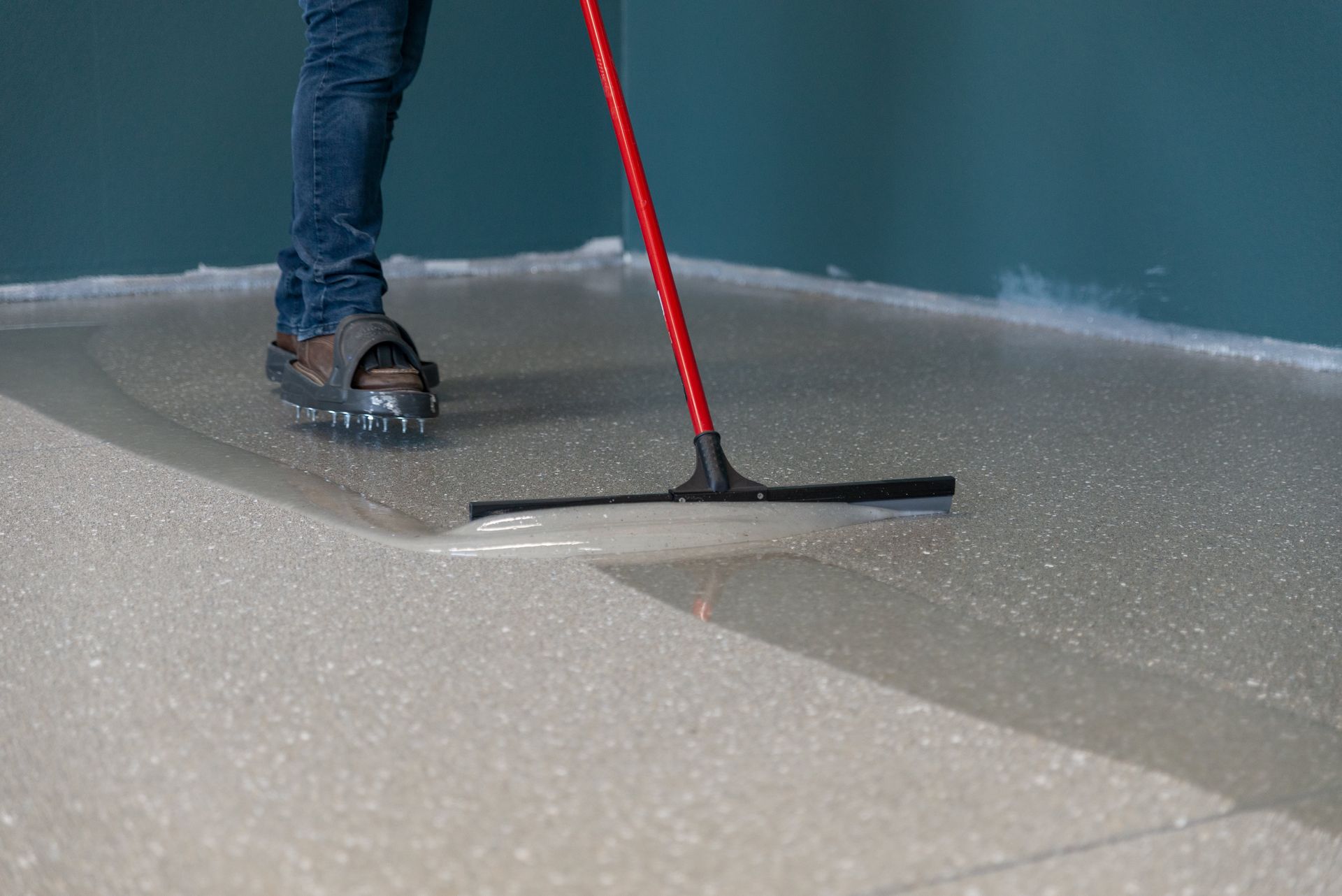
01 May, 2024
is crucial for ensuring durability, functionality, and aesthetics. Among the plethora of options available, epoxy and polyurea coatings stand out as two popular choices. Both offer excellent protection and enhancement for garage floors, but they differ in terms of application, durability, and maintenance requirements. In this blog post, we'll explore the key differences between epoxy and polyurea coatings to help you determine which option is best suited for your needs. Understanding Epoxy Coatings Epoxy coatings have been a staple in the world of garage flooring for decades. Composed of epoxy resins and hardeners, these coatings create a strong, seamless surface that is highly resistant to stains, chemicals, and abrasions. Epoxy coatings are available in a variety of colors and finishes, allowing for customization to match your garage's aesthetic. Once applied, epoxy forms a tough, protective layer that can withstand heavy foot traffic, vehicle traffic, and impacts. Additionally, epoxy coatings are relatively easy to maintain, requiring only regular sweeping and occasional mopping to keep the surface clean. However, epoxy coatings do have some limitations. They can be sensitive to UV exposure, which may cause yellowing or fading over time if the garage receives significant sunlight. Additionally, epoxy coatings have a relatively short pot life, meaning they must be applied quickly once mixed, making them less forgiving for DIY installations. Exploring Polyurea Coatings Polyurea coatings have gained popularity in recent years due to their fast-curing properties and superior durability. Made from a combination of polyurea and polyaspartic resins, these coatings offer rapid cure times, allowing for quick installation and minimal downtime. One of the key advantages of polyurea coatings is their excellent resistance to UV rays, chemicals, and abrasions. Polyurea coatings are highly flexible, making them ideal for environments where temperature fluctuations or substrate movement are common. Additionally, polyurea coatings are available in a range of colors and finishes, including clear coats for a glossy finish or decorative chips for added texture and visual appeal. Polyurea coatings also offer superior adhesion to concrete compared to epoxy coatings, reducing the risk of delamination or peeling over time. This strong bond ensures long-lasting protection for your garage floor, even in the most demanding environments. However, polyurea coatings may have a higher upfront cost compared to epoxy coatings due to their advanced technology and rapid cure times. Additionally, polyurea coatings require precise application techniques and specialized equipment, making professional installation recommended for optimal results. Choosing the Right Option for You When deciding between epoxy and polyurea coatings for your garage floor, consider the following factors: Durability -If you prioritize maximum durability and resistance to UV exposure, chemicals, and abrasions, polyurea may be the better option. Installation Time - If you need a quick turnaround time for your garage floor project, polyurea coatings offer faster cure times and minimal downtime compared to epoxy coatings. Budget - While epoxy coatings may have a lower upfront cost, polyurea coatings offer long-term value and durability, potentially reducing the need for frequent recoating or repairs. DIY vs. Professional Installation - If you're experienced with DIY projects and have the necessary tools and skills, epoxy coatings may be suitable for self-installation. However, for optimal results and peace of mind, professional installation is recommended for polyurea coatings. Ultimately, the choice between epoxy and polyurea coatings depends on your specific needs, preferences, and budget. Both options offer excellent protection and enhancement for garage floors, ensuring a durable and attractive surface that withstands the demands of daily use. Whether you opt for the proven reliability of epoxy or the advanced technology of polyurea, investing in a high-quality floor coating will enhance the appearance and functionality of your garage for years to come.
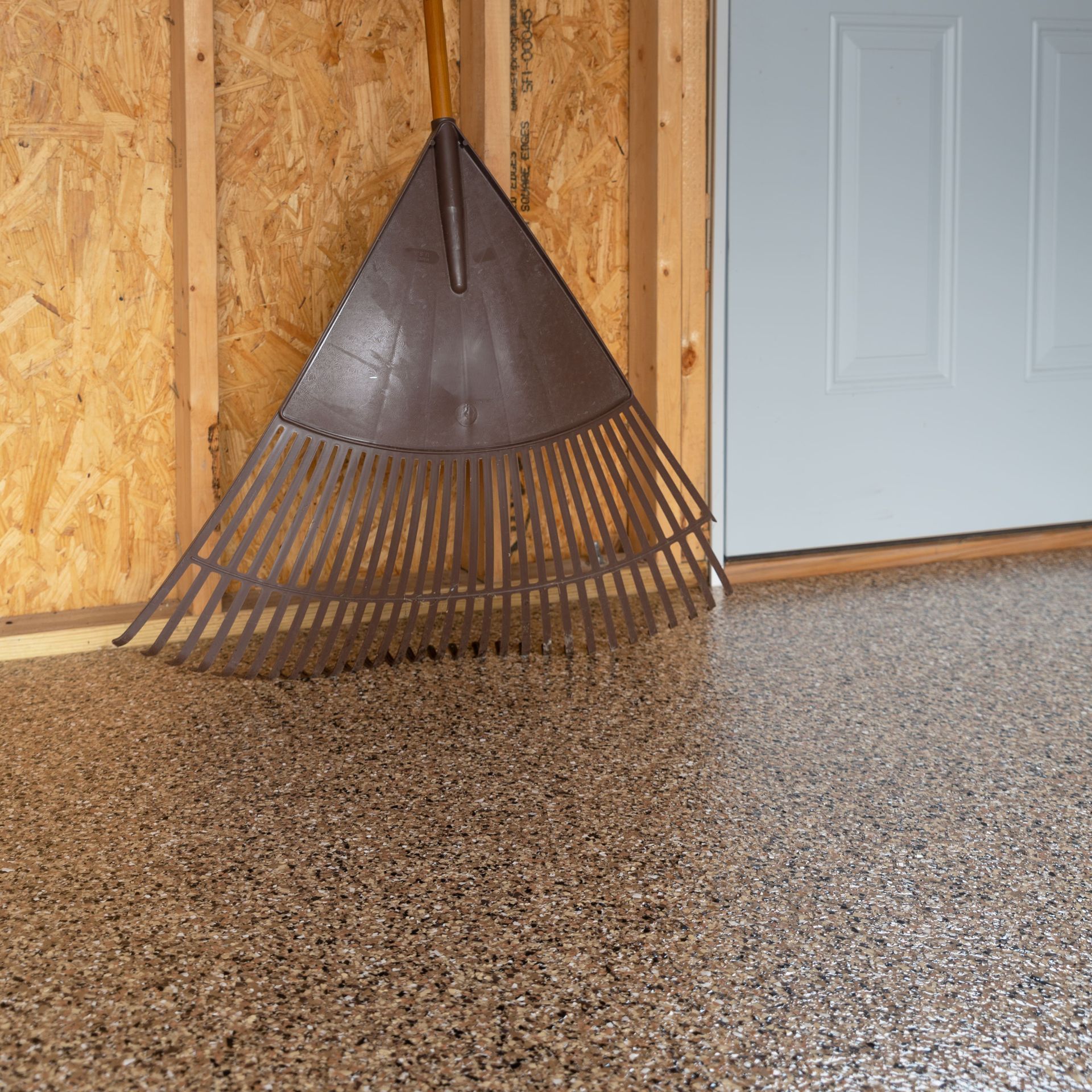
23 Apr, 2024
However, one crucial aspect that should never be overlooked is surface preparation. In fact, the success and longevity of any floor coating system hinge largely on the quality of the surface preparation process. At Marietta Garage Floors, we understand the critical role that proper surface preparation plays in achieving exceptional results. Let’s delve into why surface preparation is paramount in floor coating projects. Ensures Adhesion and Bonding Surface preparation is the foundation upon which the entire coating system relies. Without proper preparation, even the highest-quality coatings will fail to adhere properly to the substrate, leading to premature delamination and coating failure. By meticulously cleaning and profiling the surface, surface preparation creates a rough texture that promotes strong adhesion and bonding between the coating and the substrate. This ensures that the coating remains securely in place, even under heavy foot traffic, vehicular traffic, or other environmental stressors. Removes Contaminants and Imperfections Over time, concrete surfaces can accumulate various contaminants such as dirt, grease, oil, and residues from previous coatings. These contaminants not only compromise the adhesion of the new coating but also create unsightly blemishes and imperfections on the surface. Surface preparation methods such as shot blasting, grinding, or acid etching effectively remove these contaminants, restoring the substrate to a clean, uniform condition. By eliminating surface imperfections, surface preparation ensures a smooth, even application of the coating, resulting in a flawless finish that enhances the overall appearance of the floor. Prevents Moisture and Vapor Transmission Moisture and vapor transmission are common challenges faced in floor coating projects, particularly in areas with high humidity or moisture levels. Without adequate surface preparation, moisture trapped beneath the coating can cause blistering, bubbling, or peeling over time, compromising the integrity of the coating system. Surface preparation methods such as moisture testing and moisture mitigation help identify and address underlying moisture issues before applying the coating. Additionally, proper profiling of the surface can create a barrier that prevents moisture from migrating upward, thereby preserving the longevity and performance of the coating. Maximizes Longevity and Durability The longevity and durability of a floor coating system are directly proportional to the quality of surface preparation. A well-prepared surface ensures that the coating adheres firmly to the substrate, providing superior protection against abrasion, impacts, chemicals, and other forms of wear and tear. Furthermore, proper surface preparation minimizes the likelihood of delamination, chipping, or flaking, extending the lifespan of the coating and reducing the need for costly repairs or reapplications in the future. By investing time and effort into surface preparation upfront, you can enjoy a durable, long-lasting coating that withstands the test of time. Promotes Cost-Effectiveness While surface preparation may seem like an additional step that prolongs the timeline and increases project costs, it ultimately proves to be a cost-effective investment in the long run. By ensuring proper adhesion and bonding, surface preparation reduces the risk of coating failures and premature deterioration, thereby eliminating the need for costly repairs or replacements down the line. Additionally, a well-prepared surface allows for more efficient application of the coating, minimizing material waste and maximizing the coverage area. Ultimately, the benefits of surface preparation far outweigh the initial investment, resulting in significant cost savings over the lifespan of the coating. In conclusion, surface preparation is a fundamental aspect of any floor coating project that should never be underestimated or overlooked. From ensuring proper adhesion and bonding to removing contaminants and imperfections, surface preparation sets the stage for a successful and long-lasting coating system.
LET'S CONNECT!
Make your garage floors look great and last forever with Marietta Garage Floors! Our skilled contractors specialize in turning ordinary garages, basement floors, patios, and pool decks into extraordinary spaces with durable polyurea and polyaspartic coatings. Trust Marietta Garage Floors to transform your property today!
© 2024
All Rights Reserved | Marietta Garage Floors
QUICK LINKS
Contact Info
Marietta Garage Floors
Marietta, GA 30060, United States of America
404-806-7552 | info@mariettagaragefloors.com